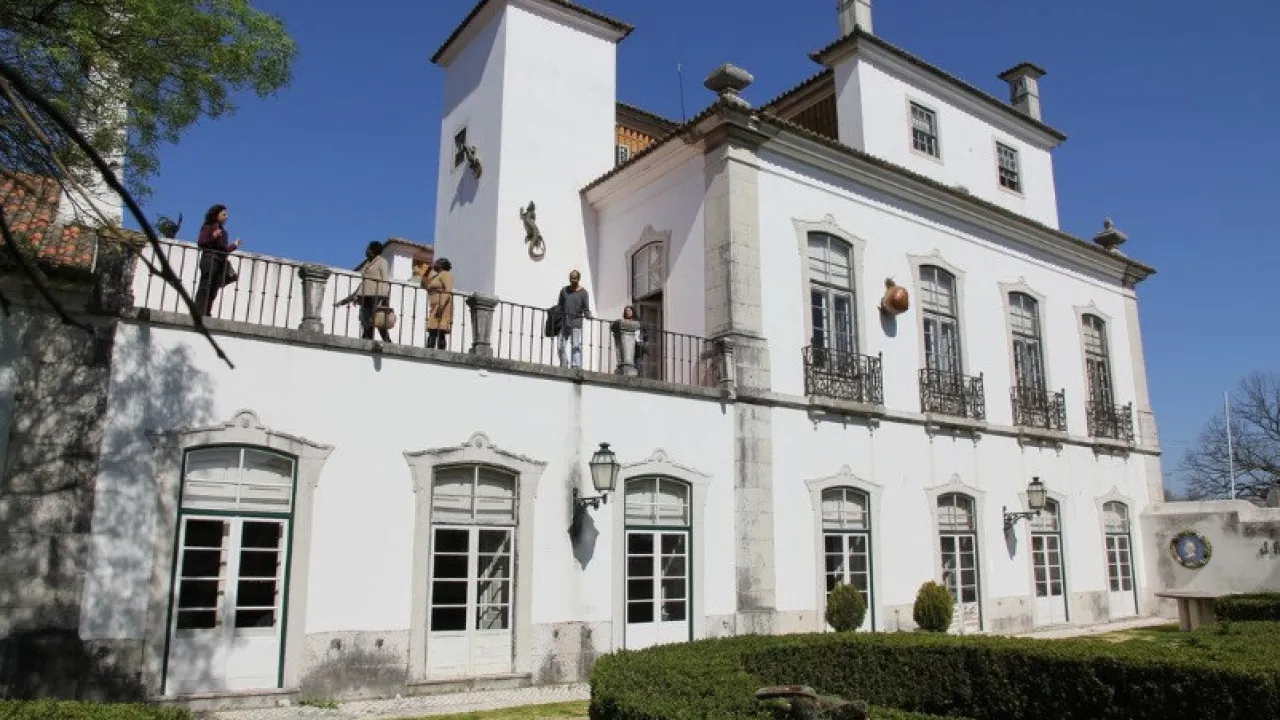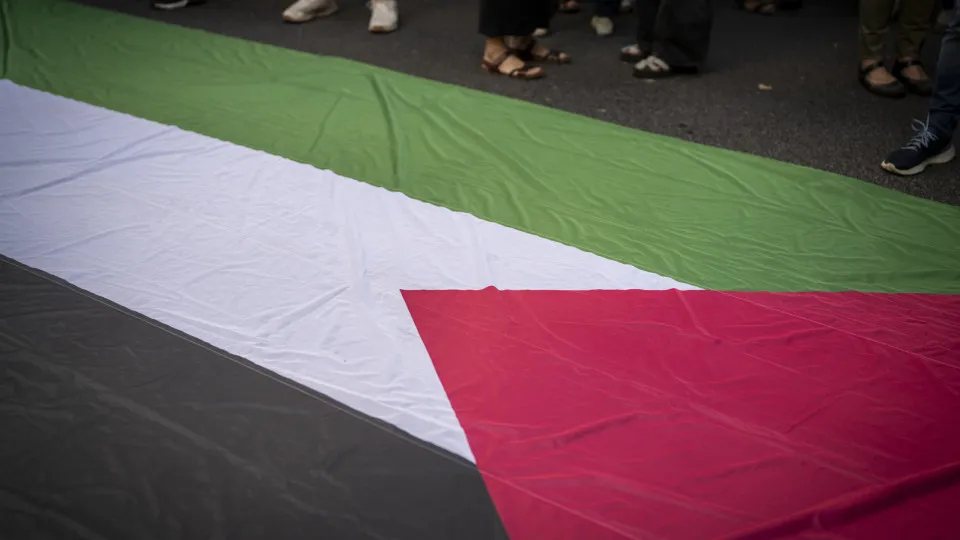
Under the title ‘The Blue Clay of Lisbon,’ the exhibition showcases for the first time this rare collection, intimately tied to the 1755 earthquake, reflecting the daily life of Lisbon before the disaster, according to museum information.
Discovered about nine meters deep in a 17th-century house swallowed by destruction, the fragments of pottery form a kind of time capsule. Some pieces were analyzed in collaboration with the Instituto Superior Técnico, helping better understand the thermal intensity of the fires that followed the earthquake.
The shapes and decorations of the fragments—and particularly the heat effects from the fires, which darkened the traditional blue and white glaze—demonstrate the violence of the cataclysm and its impact on people, the city, and even European mentality, according to specialists.
The pieces were collected between 2001 and 2011 during archaeological campaigns conducted within the museum, in a space that was once a dwelling and is now where the museum stands.
These fragments are a tangible proof of the effects of November 1, 1755, “allowing the reconstruction of the daily lives of the people who lived there and whose routines were abruptly interrupted by the catastrophe,” the text notes.
Lídia Fernandes, coordinator of the Museum of Lisbon – Roman Theatre, emphasized the originality of the exhibition: “Our exhibitions usually focus on artistic and architectural aspects directly linked to the Roman period. This theme deviates from that scope, focusing on this important collection from our holdings, which testifies to the occupation of the site where the museum is located during the 18th century.”
Archaeologist Artur Rocha, the exhibition’s scientific consultant, highlights the exceptional value of the collection: “This type of faience was handmade, but produced in series. Hundreds or thousands are appearing in recent excavations.”
“But a collection like this, found in a closed context, with the pieces burned, directly linked to such a significant episode for the city as the 1755 earthquake, and recovered directly from the site where they were destroyed, that is the great added value of this collection because in that sense they are unique pieces,” the specialist adds.
The exhibition “The Blue Clay of Lisbon,” offering a new perspective on the city’s past through its domestic remnants, will be on display until October 26 at the Museum of Lisbon.




